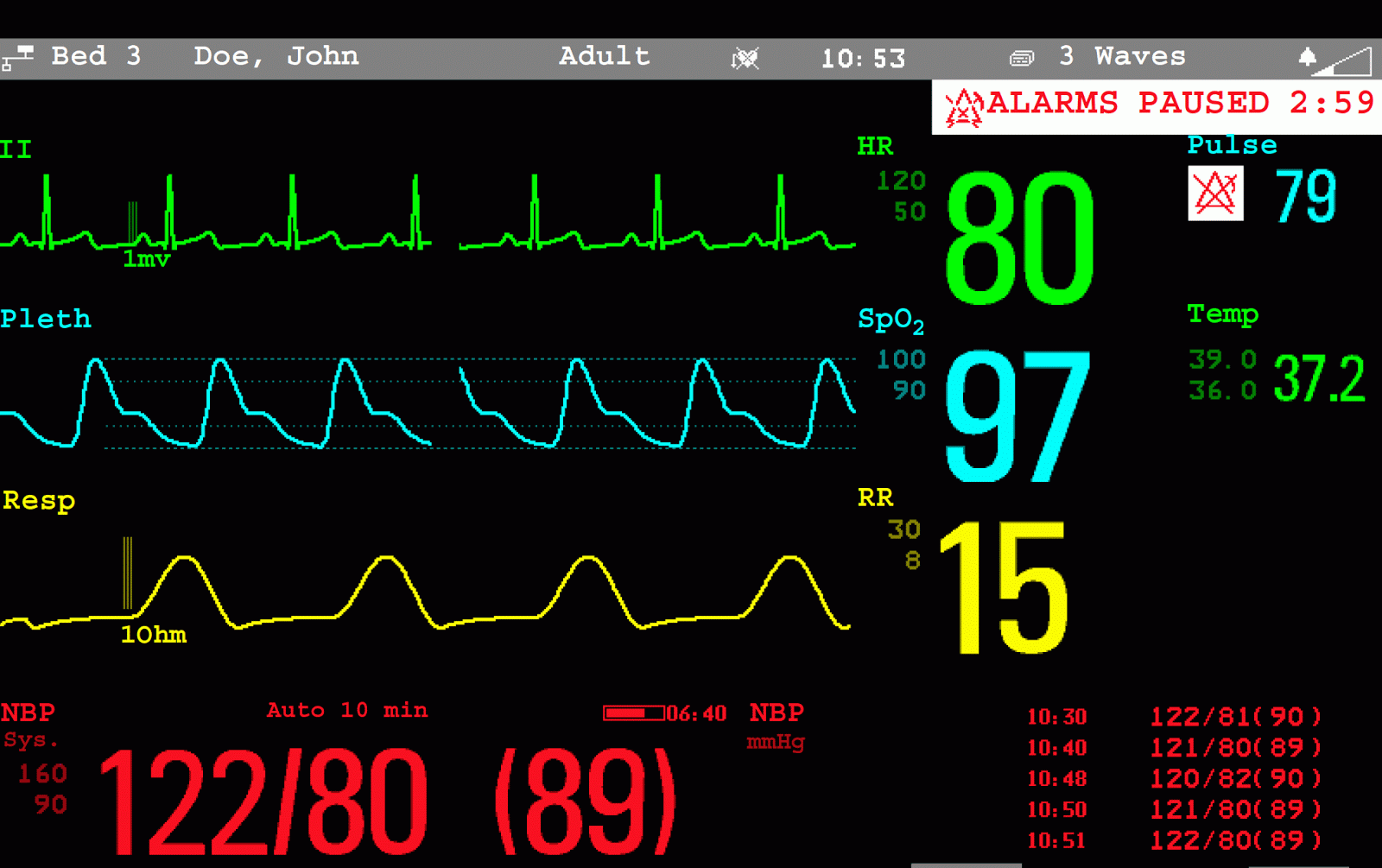
Apple Watch And Self Diagnosis
Yesterday, Apple Watch got its watershed moment in the mainstream tech media, and while most people were lauding and applauding, I dont think the implications of the news have quite hit home. Certainly, with APPL hovering around $115 a share, the import hasn’t yet been factored in by the investment and analyst set, but I think that — two or three years from now — this little blurb will have industry-transforming ramifications:
At the hospital, “Everybody was interested [in this self-diagnosis with the help of the Apple Watch], but nobody was convinced,” [patient Ken] Robson said. But attending cardiologist Dr. Jerrold Glassman confirmed the ailment. “This was one of the rare instances where the patient was right in self-diagnosis,” Robson said.
In the earliest days of our young website, well before Apple Watch officially launched, I wrote the following predictive post. In it, I said many things re: the wearable’s true health-monitoring potential, but of chief importance was (and remains) this:
The readings don’t have to be accurate to be effective. They just have to be reliable enough to illustrate the most general of trends at the individual level. Apple isn’t trying to build a proper diagnostic machine to compare people against other people or established medical baselines. They simply want to let consumers have an accessible, inexpensive, and reasonably reliable means to monitor their own internal fluctuations as they themselves see fit.
This kind of self-monitoring of body trends is exactly what helped saved Robson’s life. Apple Watch’s heart rate monitor didn’t need to be FDA-approved to be effective for Robson, and it shouldn’t need that approval for deeper health analysis so long as Apple refrains from selling the device as a proper diagnostic tool. But even should a government go-ahead be required, I dont see that as much of a hurdle for Apple and its legal team, which is great news for the fit and frail both.
But that’s not the real watershed. Any decently-accurate heart rate monitor could have potentially provided Robson with the lifesaving information he needed for his self-diagnosis. The big point here is that Apple Watch now has a documented, real-world example of how critical the company’s little wearable can actually be. And that should boost sales considerably.
Still, Robson’s story alone won’t boost those sales. The only thing that will propel Apple Watch out of its niche market and into the mainstream must-have is increased affordability. If every iPhone sold cost the consumer $600-plus up front, Apple wouldn’t be the juggernaut it is today. What Apple Watch needs (and if you’ve followed my ramblings before, you’ll know what I’m about to say) are industrial subsidies.
Getting the home medical and health insurance industries (which together represent — by far — the largest consumer market in America) to subsidize Apple Watch would push the device well past the “want” stage and into the lofty realm of actual “need.” And even in nations that dont utilize a similar insurance structure as the US, hundreds of millions of international customers will no doubt want in on keeping a close eye on their insides. Let there be no confusion: This is Apple’s dream. I said so myself, so it must be true:
- Apple Watch redefines the home medical industry
This is the dream. If Apple gets its rear sensor up to snuff to the point where it can track meaningful health trends (glucose levels, blood pressure, oxygen saturation, arrhythmias, circulatory disruptions, BAC, nitrogen levels, seizure warnings, etc.) and can somehow work with or around the meddlesome FDA, Apple Watch will be a must-have for every health-conscious patient and pre-patient on the planet. Apple would find its product-moving subsidizer — the health insurance industry! — and make its mark in the most profitable consumer market in the United States, blowing it up like iPhone did telecom several years ago. This makes Apple a trillion-dollar company overnight.
Of course, that “overnight” will take a while to get here — we are barely at the crest of the dawn. If you’re an investor, maybe you should start considering buying puts in APPL. Whether you jump in now or later, I’m fairly confident of one thing: 15 months from now, with the new iPhone 7 on the quarterly report and Apple Watch hitting its stride, Apple should be an $800 billion company. After Apple Watch gets into the insurance business, however, you might stand to double your money. Or, at the very least, simply lengthen your life.
And that, I shouldn’t have to tell you, would be priceless.